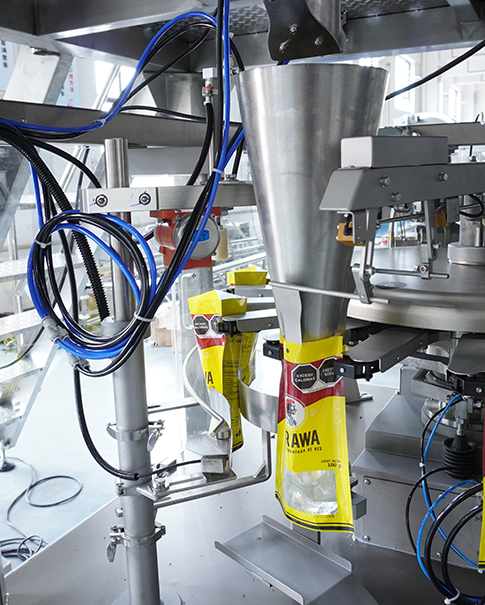-
Leave a Message : info@fsjspm.com
-
Phone : +86-13266347573
Leave a Message : info@fsjspm.com
Phone : +86-13266347573

The Essential Guide to Sauce Characteristics & Packaging Solutions

Sauces are liquid or semi-liquid condiments used to enhance the flavor, moisture, or texture of dishes. They can vary greatly in consistency, from thin and runny to thick and creamy. Sauces are typically made from a combination of ingredients such as oils, vinegars, spices, herbs, vegetables, and proteins. Their flavor profiles range from savory, sweet, tangy, spicy, to umami, depending on their intended use. Sauces can be cooked or raw, and their shelf life is influenced by factors like acidity, preservatives, and storage conditions.
Types of Sauces in the Market
Hot Sauces: These are often spicy and used in small amounts to add heat and flavor to food. Popular in many cuisines worldwide, they vary in ingredients, from chili peppers to vinegar.
Tomato-Based Sauces: A staple in many dishes, these sauces often include tomatoes, onions, garlic, herbs, and spices. Examples include marinara, ketchup, and BBQ sauce.
Cream-Based Sauces: Rich and smooth, these sauces are typically made with cream, butter, cheese, or eggs. Alfredo sauce and béchamel are classic examples.
Soy and Teriyaki Sauces: Found in many Asian dishes, these sauces are typically salty, savory, and sometimes sweet. They often contain fermented soybeans, rice, or sugar.
Salad Dressings: Sauces like ranch, vinaigrette, or Caesar dressing are used to coat salads and add flavor.
Packaging Types for Sauces
Sauces are packaged in a variety of ways to ensure convenience, preservation, and easy application. Some common packaging options include:
Glass Bottles: Ideal for sauces like ketchup, hot sauce, and salad dressings, glass bottles provide an airtight seal that preserves the flavor and freshness. They also offer a premium presentation and are often used for higher-end or artisanal sauces.
Plastic Bottles: Lightweight and durable, plastic bottles are commonly used for both retail and bulk packaging. They’re easy to squeeze, making them ideal for sauces that are used in small quantities (like ketchup or mustard).
Pouches: Flexible pouches, often used for single-serve sauces or larger bulk quantities, are a great choice for on-the-go applications or catering services. They are cost-effective and space-efficient.
Jars: Typically used for thicker sauces like pesto or spaghetti sauce, jars ensure that the sauce remains airtight and maintainable over a long shelf life.
Cans: For mass production or longer shelf-life needs, sauces can also be packaged in cans, especially in industrial or bulk food supply settings.
The Role of Packaging for Sauces
The packaging of sauces is crucial not only for preserving the quality, flavor, and safety of the product, but also for maintaining its shelf life. Sauce packaging helps protect against contamination, moisture, and air exposure, which can spoil the sauce or alter its taste. Additionally, packaging plays a significant role in customer convenience—easy-to-use bottles or pouches ensure quick and mess-free application. The choice of packaging can also reflect the brand's identity, offering a unique and visually appealing presentation that appeals to consumers. Furthermore, proper packaging ensures that sauces remain at their optimal texture and consistency, enhancing the overall eating experience.
If you're looking to optimize your sauce packaging, we’re here to help. Reach out to us for more details about our machines and solutions to ensure your products meet the highest quality standards!